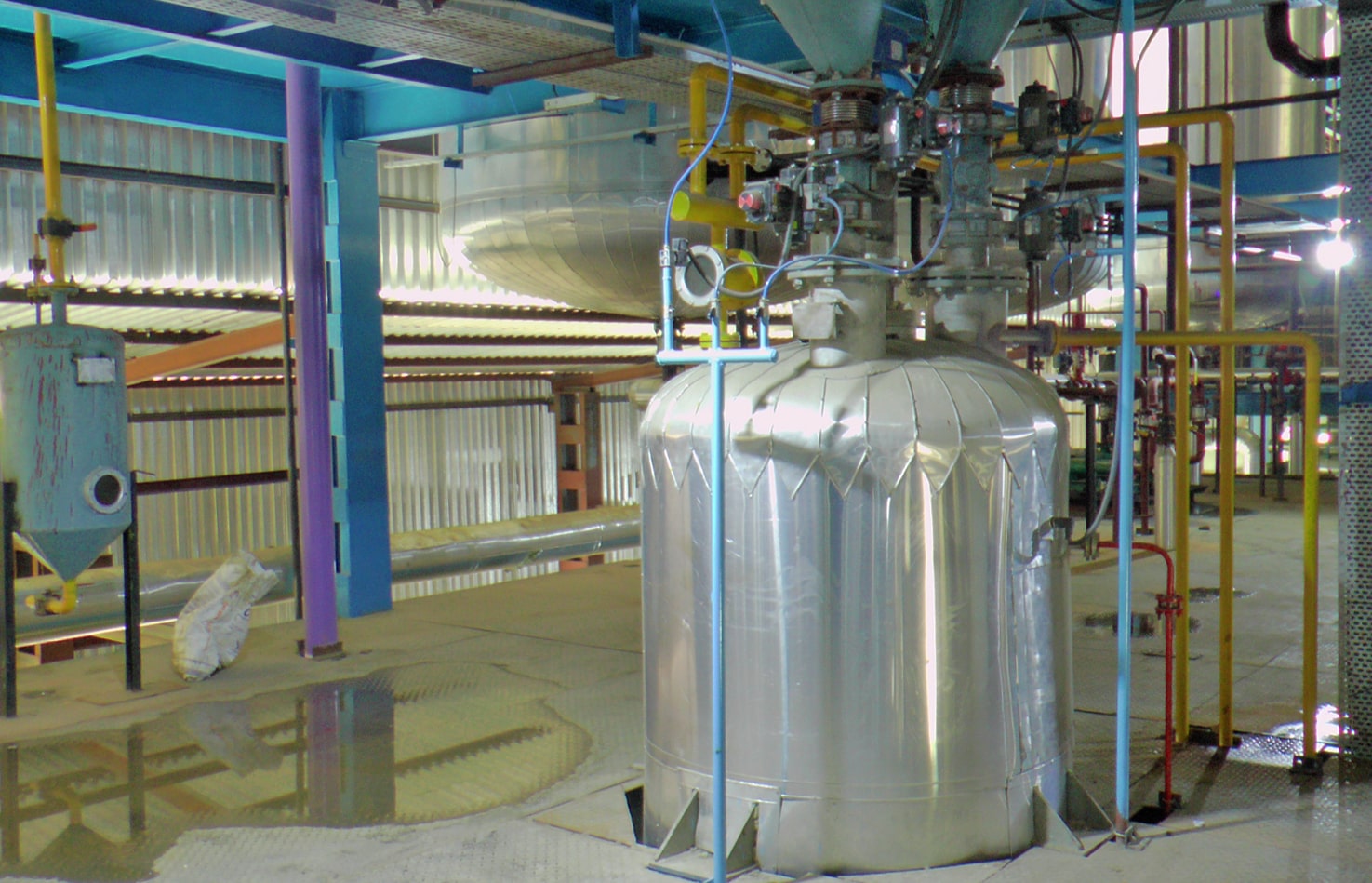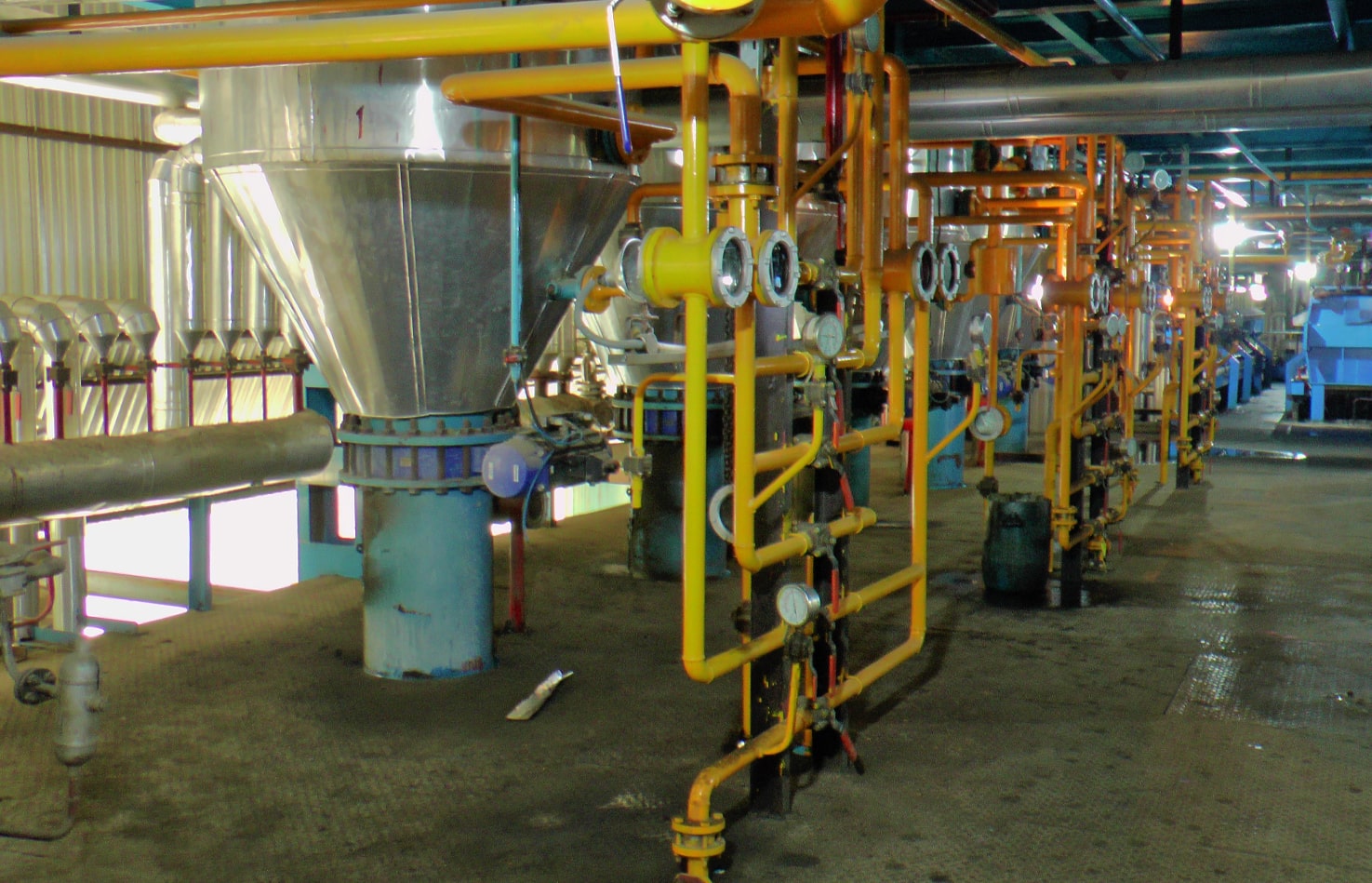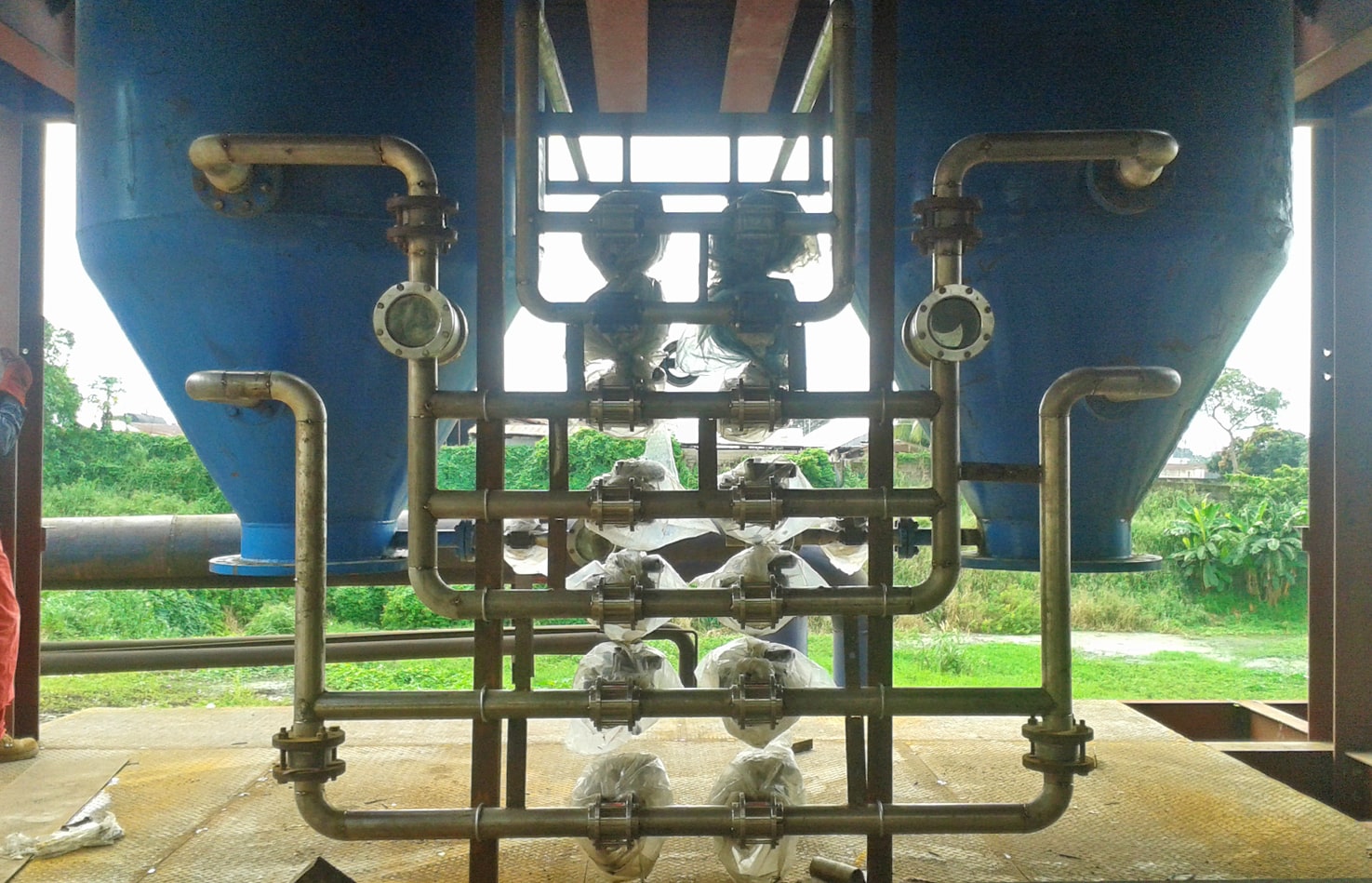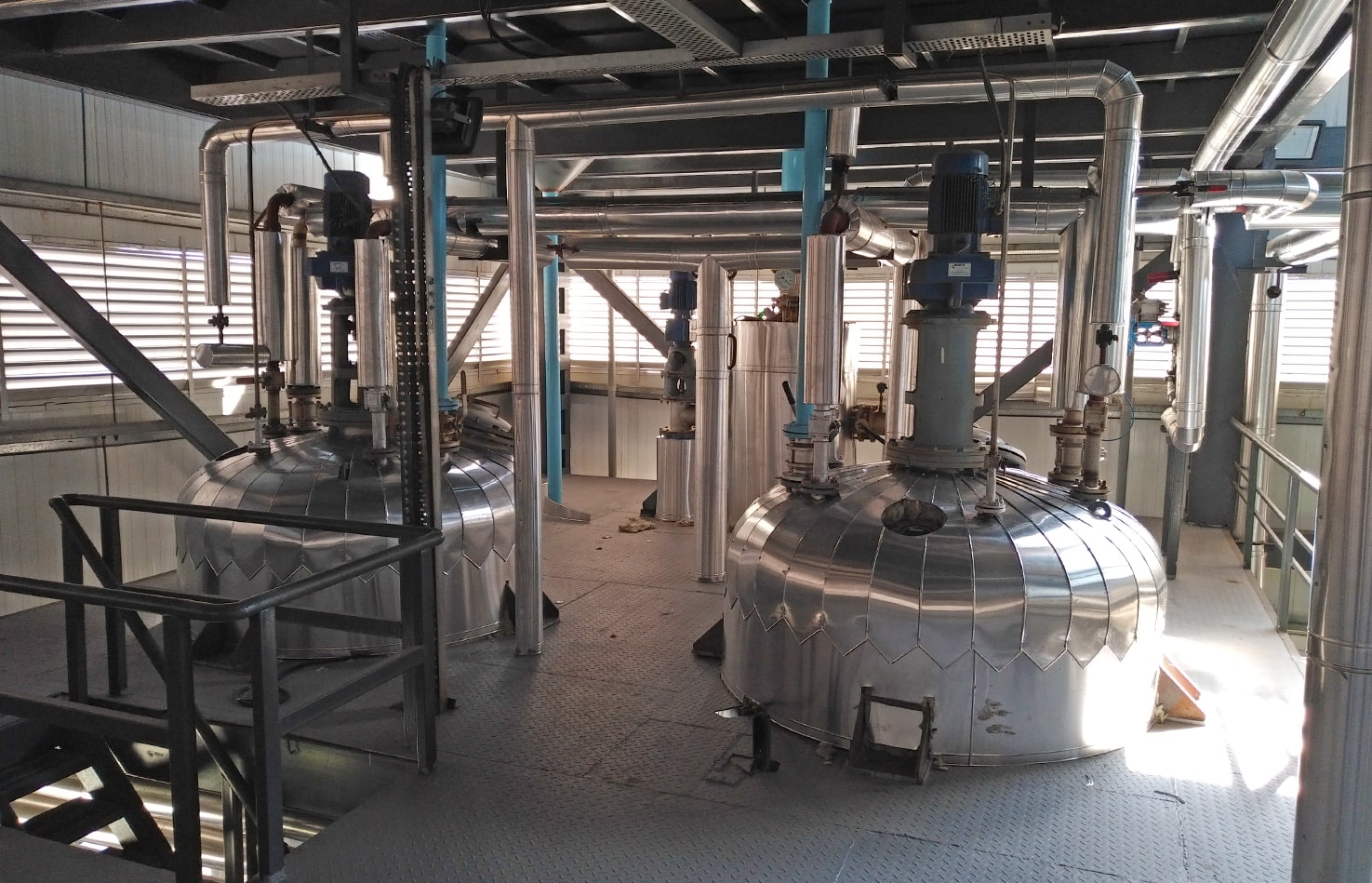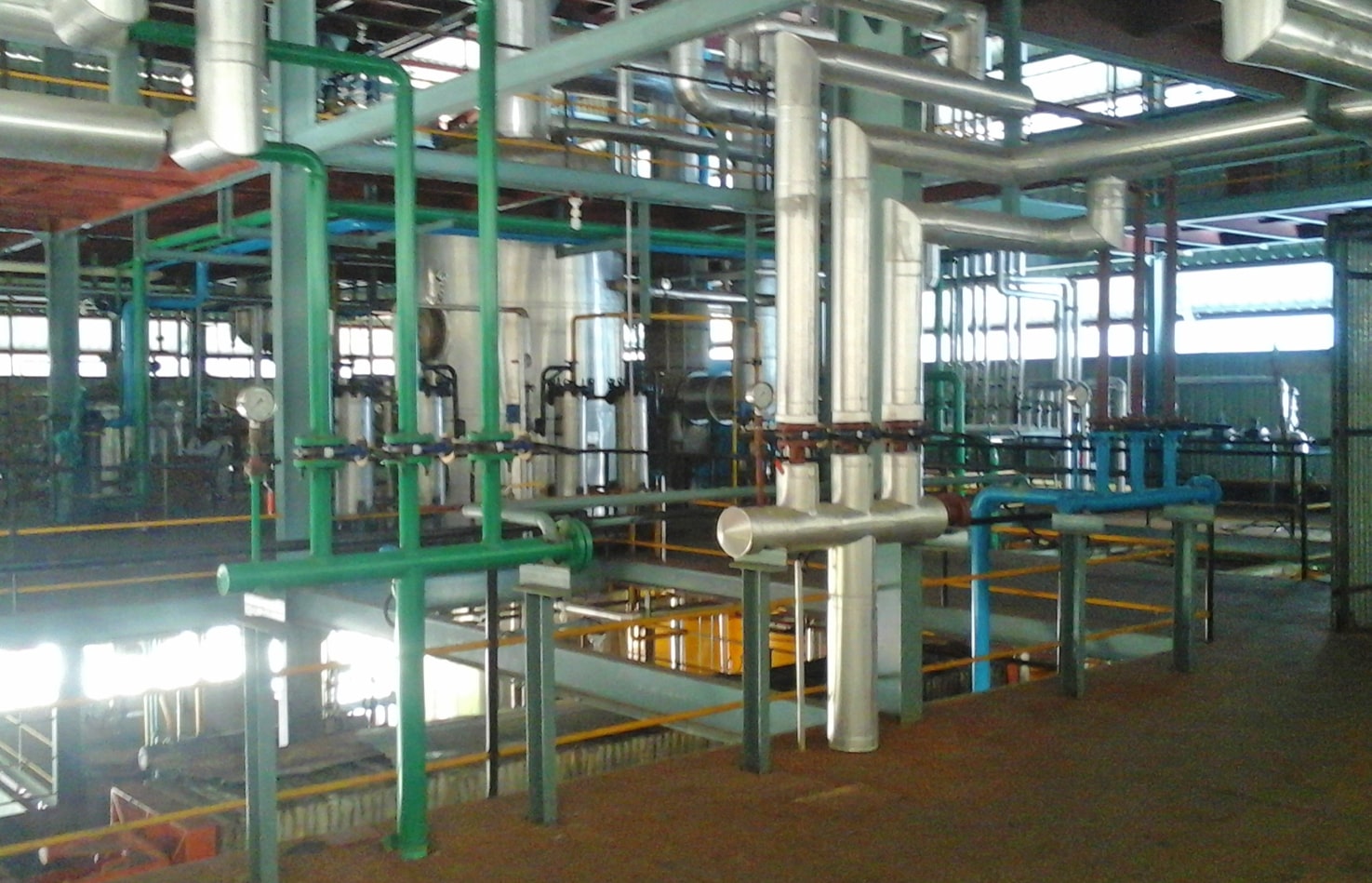- 1Mixing Chemical
Edible Oil Refining Bleaching Plant
Bleaching Plant
Bleaching Plant
The utilization of edible oil would be generally considered of a high grade with a low margin for error given the fact that it is consumed. Contaminants which adversely impact the appearance and performance of edible oils are very prevalent in the product during the process so far. Usually preceded by Degumming and alkali based processes, Bleaching removes detrimental contaminants that are otherwise not effectively removed earlier in the refining process.
As a process, Bleaching is simple. It involves the addition of a clay absorbent in the oil which effectively removes colour and reduces impurities such as chlorophyll, residual soap and gums, traces of metals etc. While the process may seem simple, the parameters under which it is conducted are critical. Moisture levels, temperature, contact time and vacuum are just a few of the parameters that affect the process. There are 4 processes via which bleaching can be executed:
- 2Bleaching
- 3Filtration
For the layman, bleaching simply improves oil quality through the interaction of the oil with the absorbent. The parameters around which the process is based, are altered to create the best possible environment for optimal Chemical Mixing and Bleaching.
Application:
All Vegetable and Non Vegetable Fats and Oils

